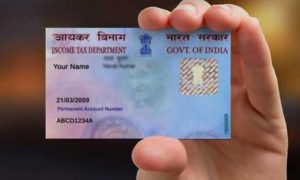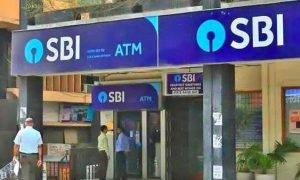The asset under management (AUM) of the National Pension System (NPS) and Atal Pension Yojana (APY) touched Rs 6-lakh-crore milestone on May 26 and the last Rs 1 lakh crore came in seven months. Apart from the mandatory central and state government employee subscribers, many self-employed individuals and private sector employees are increasingly investing in NPS because of the low cost structure and the tax benefits which push up the returns significantly in the long run.
As on May 21, 2021, the total number of subscribers under NPS and APY was 4.28 crore. There are 74.10 lakh government employees in the scheme and 28.37 lakh in the non-government sector. A low cost pension scheme, NPS was introduced for all new central government employees from January 1, 2004 and was adopted by most state governments for their employees. In 2009, it was extended to all Indian citizens on a voluntary basis and to corporations for their employees.
Read More:-NPS Scheme: Can Pensioners Withdraw Entire Lifetime Contribution?
Returns from NPS
The returns vary due to the portfolio mix—equity funds, corporate bond funds and gilt funds—and the age factor of the subscriber in the auto choice option. However, for a five-year period, a conservative investor (20% in equity, 30% in corporate bonds and rest in gilt funds) would have earned around 10.5%; a balanced investor (33% in each funds) around 11% and an aggressive investor (50% equity, 30% in corporate bonds and rest in gilt funds) would have earned around 11.5%.
With small savings rates on the decline—interest rate for Public Provident Fund is 7.1% for the three months to June 2021—individuals should invest in NPS and gain from the compounding benefits. The lock-in till retirement, except for partial withdrawal for certain emergencies, and flexibility to change fund houses can help build the nest egg in a disciplined way.
Read More:-Need Emergency Cash During COVID? Know How to Withdraw From PPF, Bank FDs, PF, NPS
Tax benefits
Individual subscribers get tax deduction of up to Rs 1.5 lakh under Section 80C of Income Tax Act and an additional deduction of Rs 50,000 under section 80CCD 1(B). Moreover, NPS contributions by employers (up to 10% of the salary) is allowed as a deductible perquisite for employees under Section 80CCD(2), subject to a ceiling of Rs 7.5 lakh in a financial year. An employer can claim the NPS contributions to employees’ NPS accounts (up to 10% of the salary) as an exempted business expense under Section 36(1)(iva).
At maturity, 60% of the lumpsum amount received by subscribers is tax-free and the balance invested for purchasing annuity is also exempt from tax. Any amount withdrawn from NPS for emergency purposes is tax-exempt under Section 12B. Moreover, Goods and Service Tax paid by an individual while purchasing an annuity product is not levied when annuity plan is purchased through NPS. However, monthly annuity income received by the investor is taxed as per marginal rate.
Pension Fund Regulatory and Development Authority has also taken a host of digital initiatives for on-boarding, contributions and servicing to make NPS attractive.





































